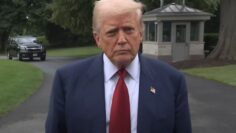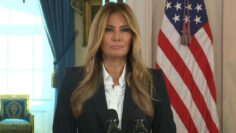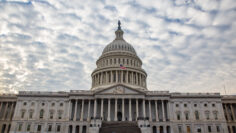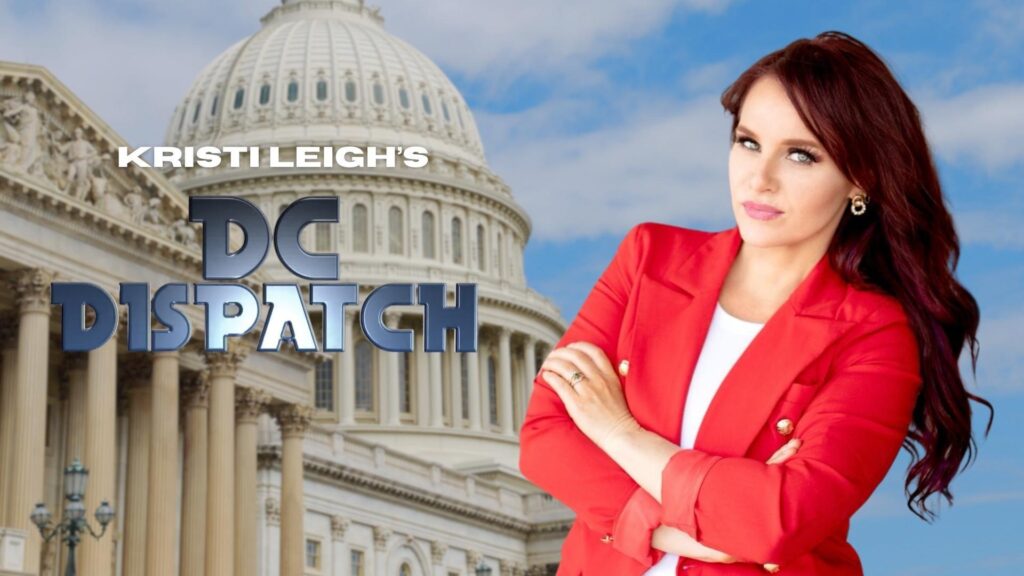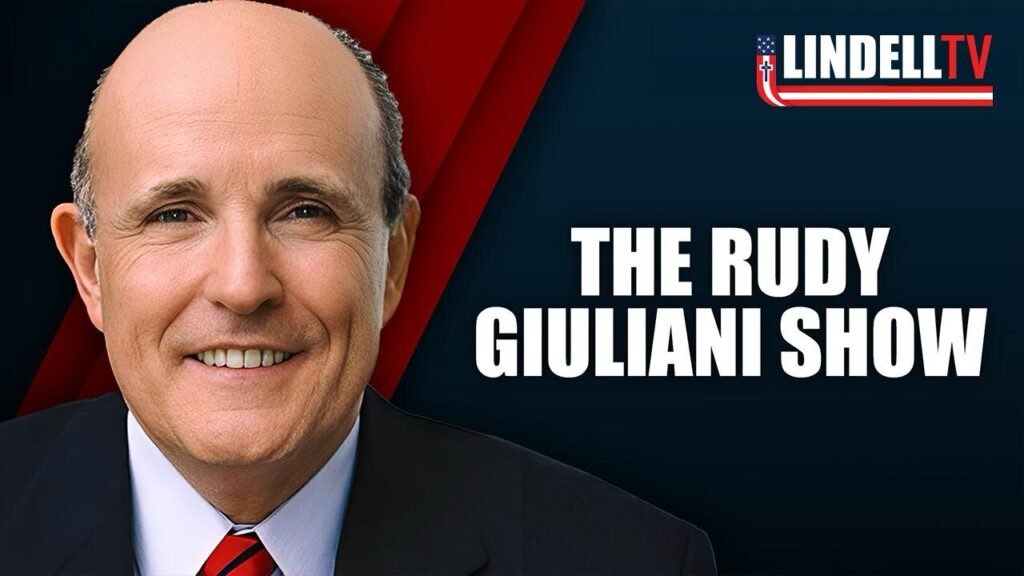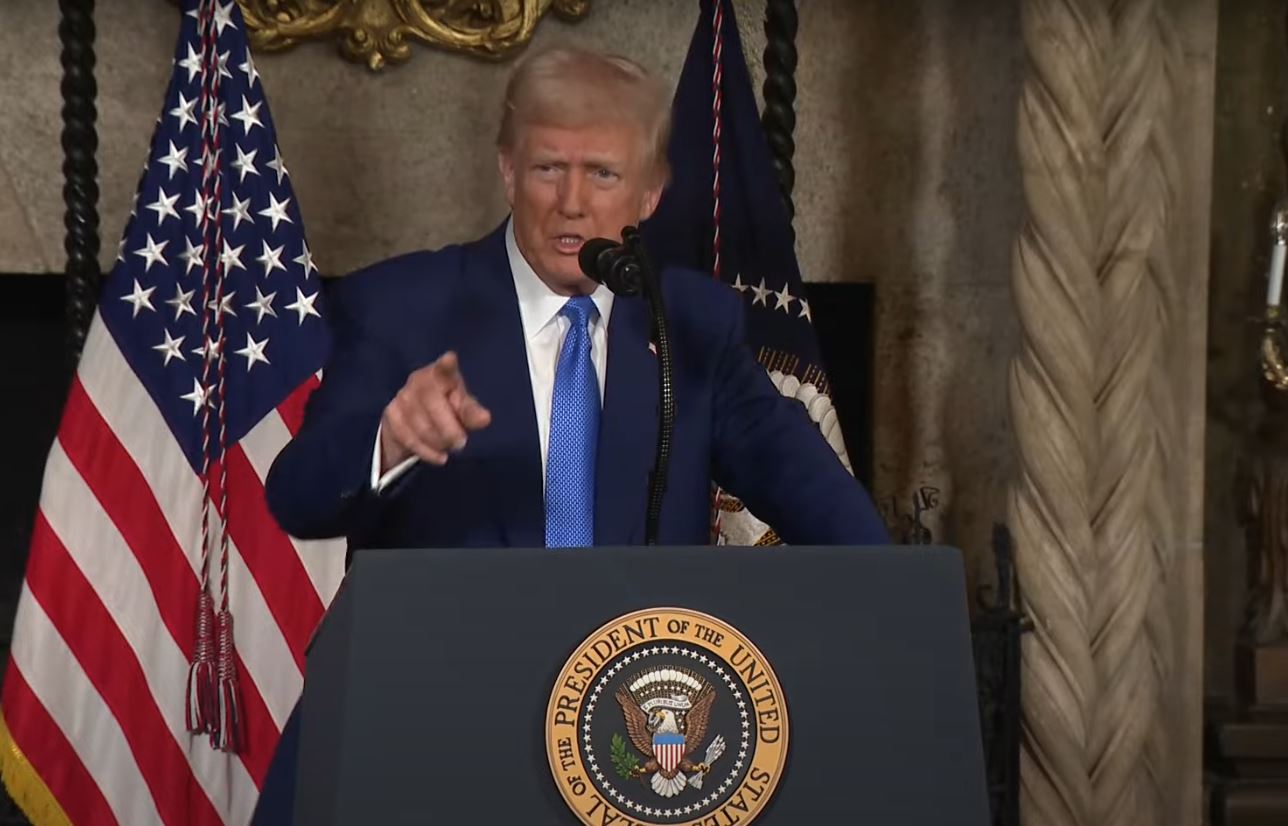
OPINION: Trump’s executive order on IVF access needs swift follow-through
President Trump signed an executive order in February directing his administration to submit policy recommendations within 90 days on protecting IVF access, but it’s unclear how much progress has been made
Opinion-editorial by Summer Lane | August 8, 2025
Last summer, President Trump announced a new campaign policy item that had couples across the nation jumping out of their seats with excitement: a commitment to forcing insurance companies to pay for the costs associated with in-vitro fertilization (IVF) treatment.
“I’m announcing today in a major statement that under the Trump administration, your government will pay for your, or your insurance company, will be mandated to pay for all costs associated with IVF treatment,” he said in August 2024, while rallying in Michigan. “…Because we want more babies, to put it very nicely!”
The average birthrate in America has declined by about 2 percent annually between 2015 to 2020, and birth rates have continued to fall or flatline, according to Cofertility. For the sustainment of the American population alone, boosting the birthrate by increasing access to IVF seems like a common-sense policy, and Trump’s campaign was smart to tap into it.
The average cost of one round of IVF treatment in America today is around $20,000, and it is very rarely – if ever – covered by healthcare insurance. For couples dealing with infertility, such a cost is often unthinkable, especially when one in six couples in 2025 has been diagnosed with infertility.
For couples who dream of having a child but are blocked from that experience due to sky-high medical costs, Trump’s campaign promise to mandate healthcare coverage was wonderful news.
The executive order
President Trump is a man who has always kept his promises, so it was no surprise that he signed an executive order, just as he had promised, on protecting and expanding access to IVF treatment in February, less than one month after assuming office this year.
“Within 90 days of the date of this order, the Assistant to the President for Domestic Policy shall submit to the President a list of policy recommendations on protecting IVF access and aggressively reducing out-of-pocket and health plan costs for IVF treatment,” the order read.
Samantha Busch, executive director of the “Bundle of Joy Fund,” which awards grants to couples seeking IVF treatment, has been an active voice in support of expanding IVF access. This week, she shared frustration that there has been, seemingly, radio silence on the development of policy recommendations on this issue.
“It’s August,” she wrote in a statement on Instagram. “No recommendation. No update. Just the media fueling headlines from ‘an unnamed source’ that we’re expected to accept as fact.”
In all fairness, President Trump did indeed review policy recommendations on IVF access in May, within the 90-day window directed in his executive order. According to the Associated Press, White House Spokesperson Kush Desai said recommendations were sent to the president. This development took place roughly three months ago.
Recently, mainstream outlets have begun to run stories claiming that Trump will “walk back” his pledge to make IVF more accessible and affordable for American couples, but these reports, notably, have not been verified.
The Washington Post claimed recently that the White House does not plan on forcing health insurance companies to eat the cost of IVF treatments, but simultaneously admitted that the White House had not confirmed much of anything policy-wise, at this point.
In other words, such reports are nothing more than mere speculation. According to NBC, Desai reaffirmed the president’s commitment to addressing infertility in America: “President Trump pledged to expand IVF access for Americans looking to start families, and the Administration remains committed to delivering on that pledge and exploring all options that address the root causes of infertility,” he stated.
The statement is not a walk back, but it does leave a few questions: when will Americans see policy changes on this issue?
Rapid follow-through on this matter would be best
With global tensions, trade wars, southern border security, and feisty political games unfolding in Washington, it’s entirely understandable that IVF is not the number one priority for the Trump administration.
However, as a major campaign promise, it still remains an integral part of the president’s platform, and millions of couples are waiting patiently to see what the administration cooks up to solve this catastrophic failure of American healthcare.
“I don’t care if you’re Democrat or Republican, this isn’t a game,” Busch said in her statement this week. “IVF is not a luxury, it’s a medical necessity for a classified disease. People are literally putting IVF on hold while waiting for clarity.”
It’s unclear at this time what the Trump administration is considering in terms of “options” for addressing the “root causes of infertility,” but one thing is certain: a swift and solid follow-through on this promise would certainly be appreciated by many Americans who dream of expanding their families.








